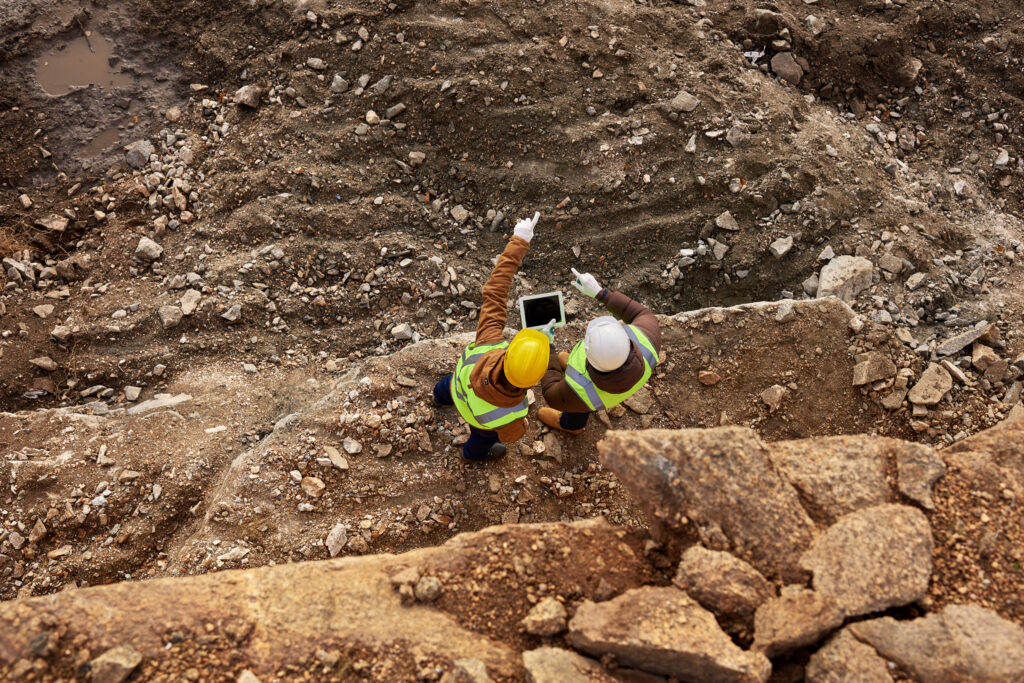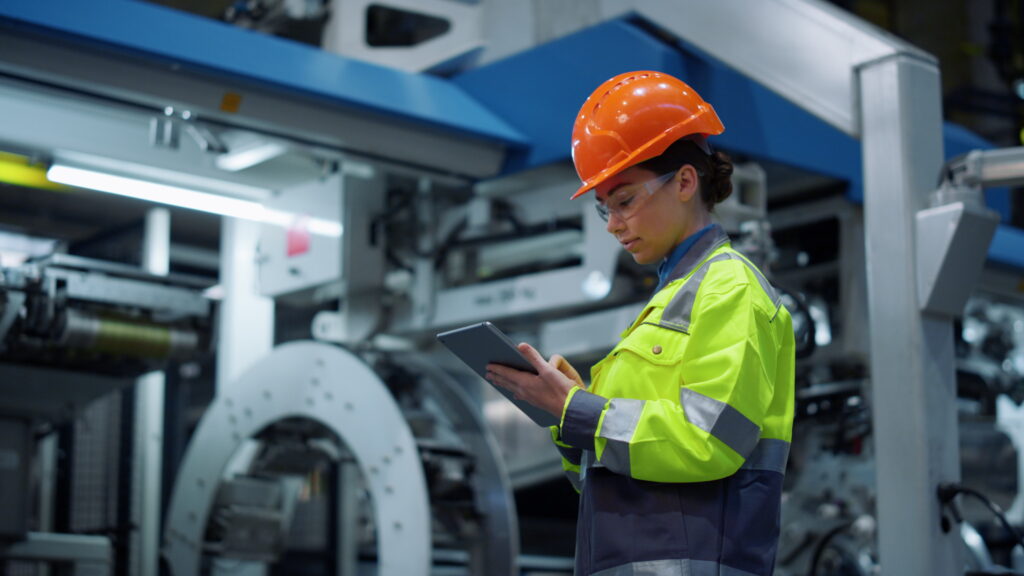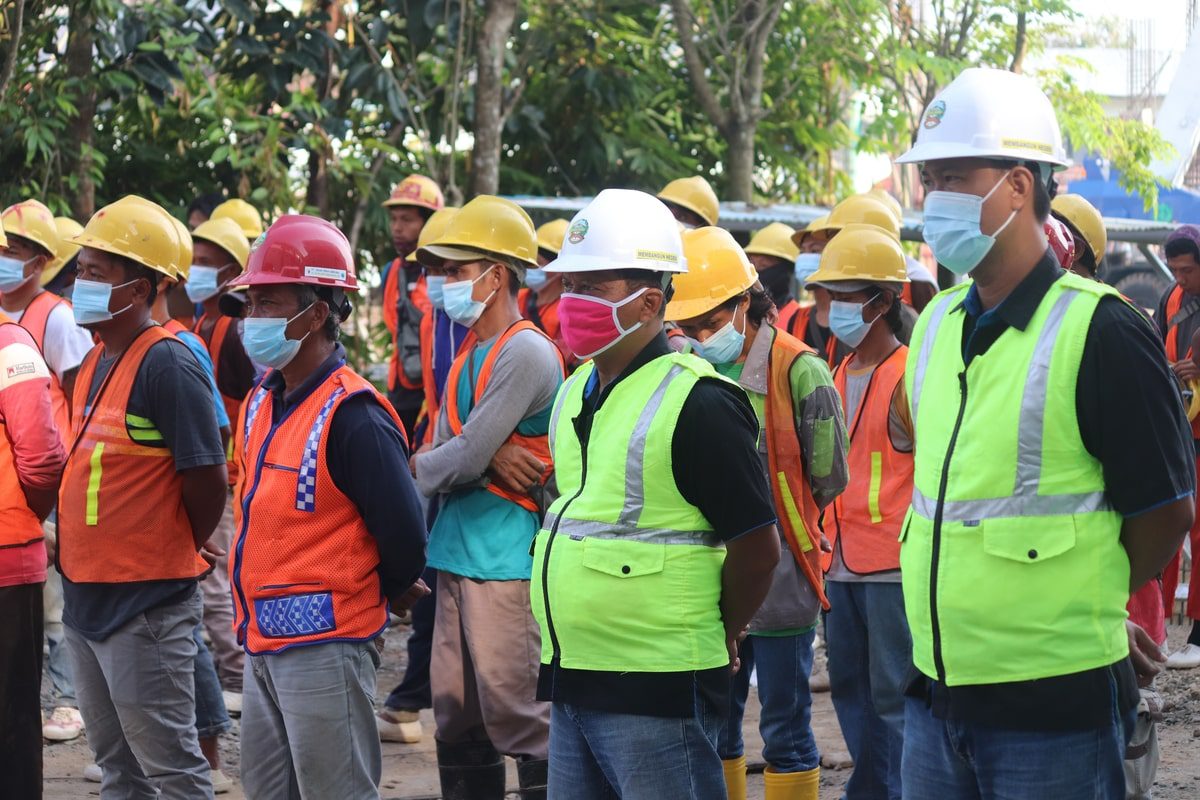Due to the global
pandemic it is now essential that we can operate effectively in a remote
capacity. Organisations have to be nimble with online tools that can assist
with attracting the right talent through to the first crucial weeks of
induction and support new starters on their ongoing journey.
The onboarding
stage is vital to making new workers feel a sense of purpose and belonging in
their new working community, particularly if they are working in isolation. The
sophistication of an organisation’s onboarding program will be a key factor in
whether new recruits choose to stick around, or not.
Proactively approaching your remote onboarding experience
will pay dividends
Onboarding is often thought
of as a box-ticking exercise and in today’s working environment this is wrong,
even more so when managing a remote workforce. Get this right from their start
date on day one and you’ll set up your new hires for success. This translates
in part to higher retention across the organisation, which in turn will lead to
a more positive workplace culture.
What’s involved in remote employee
onboarding?
Typically devised for those new recruits that
will be working remotely, the onboarding phase should be staged over time to
not overwhelm and be comprehensive enough to hit the mark quickly.
New workers can slot into the
culture of the organisation from week one and be clear about the expectations
of their role with regard to responsibility, output and reporting processes.
For the organisation, this means new recruits can be productive faster. There
is also more clarity on navigating key contacts within the organisation that
they can lean on for queries and direction in those confusing early stages
where information overload is common. Video one to ones with the direct line
manager along with online team meetings will be helpful as well as an employee
announcement organisation wide message to welcome the new member, introducing
them to everyone as a valued future contributor.
Verifying documents on the
individual will need to be uploaded such as ID, qualifications and
insurances. This exercise can be
laborious. By placing the responsibility on the new starter to upload these
online via a secure contractor management system will speed up the process for
both parties. For further pointers on approaches to document verification, our blog will steer you
in the direction that works best with your onboarding strategy Contractor pre-qualification – self-managed vs outsourced
Key stages of a robust onboarding experience
The duration of your onboarding
should be defined by organisation goals with feedback and ongoing support for
the new recruit. An agenda for the first stage will help them to feel
comfortable and enthused about getting started and being able to produce value
from an early stage. The company history and an organisation chart should
be shared. Introductory meetings to team
members will help to join the dots of where they fit into the picture and to
understand shared objectives.
At this juncture the new team
member will be absorbing a lot of information so make sure to only schedule
what they need to know right away – WHS, compliance and team building
information should be on the checklist.
We recommend that for the first
phase you should incorporate:
- The ability to capture important documentation at the
pre-commencement stage. An online facility such as a contractor
management system will save you time and expense. You can send invitations to
your new starters so they can effortlessly connect, access and complete their
onboarding and training verification requirements before they advance to the
next stage. - site inductions. A roadmap of what to expect as and when the onboarder needs to
attend the site, along with an ID pass for visitor management purposes.
Digital workforce training
to onboard new starters seamlessly
Elearning is a great way for the new team
member to build knowledge on what they need to know to be safe, compliant and
to feel included. In the main, this form of training is relatively short in
duration and can be adapted to suit the needs of the individual with engaging
rich learning content that transfers information efficiently. Deliver training by adding titles and assign
them to your new recruit via your learning management system (LMS).
The categories of workplace digital training
in the onboarding phase typically include:
- workplace familiarisation training.
Online tools for contribution and management of projects, reporting and ease of
use with team messaging with the encouragement of regular check-ins with
colleagues and supervisors for transparency and also to manage possible
feelings of isolation if the work is exclusively remote based. - Work health and safety training. Tailored
to the needs of the new starter and this should include support and training
for their wellbeing. - corporate training. What is deemed necessary from the outset of a new role? Key
compliance topics include the likes of Bullying & Harassment, Infection
Prevention Control, COVID-Safe workplace, Information and Cyber Security should
be undertaken in this initial stage (depending on the nature of the onboarding
requirement and working environment)
Beyond
the onboarding phase, learning should be a vital part of the new team members
ongoing professional development journey and this should be made clear from the
outset.
Deloitte reported on the importance of learning in a mass
scale workplace survey they conducted, concluding that: “Employees at all levels expect dynamic, self-directed, continuous
learning opportunities from their employers.”
And
leading HR analysts; Fosway Group’s
David Wilson, stated: “Learning is the #1
reason people want to join an organisation or leave it.”
Getting this right from the outset could be a make or
break so take care to include an continuing professional development and
regular check-ins from human resources, team leaders and colleagues on expected
work ethic, work projects and etiquette with group communication, have regular
stand up meetings for daily and weekly goals and a staggered evolving
developmental program.
Is it time to spruce up your onboarding program for a
better employee experience? We’re here to help, get in touch to discuss your needs with our team.














